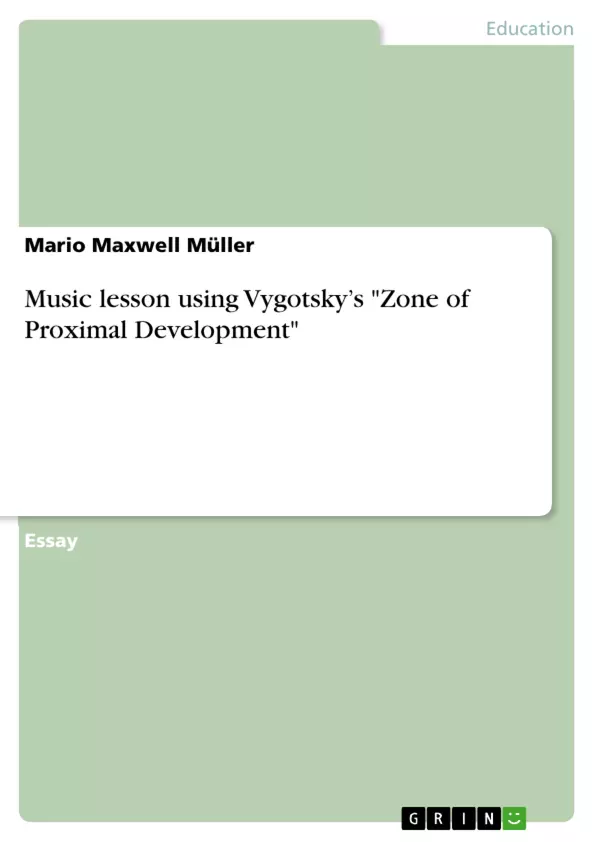The following essay will demonstrate how to use Vygotsky's "Zone of Proximal Development" during the Baroque Period in music to encourage and motivate students to conclude their work assigned and be on task whilst considering their options in terms of Music History and familiarising themselves with the music history period of 1600 - 1750.
A very important part of the curriculum is to allow students to compose music, and create their own original compositions using the stylistic features of prominent composers from the Baroque period. Students concluding the IB DP programme will have to conclude the music analysis and have to comment on their research being critical thinkers focussing on one of the areas. The exploration of diverse musical material is focused through the lenses of four areas of inquiry, which include music for sociocultural and political expression, music for listening and performance, music for dramatic impact, movement and entertainment, and music technology in the digital age.
Inhaltsverzeichnis (Table of Contents)
- Introduction
- Part 1 - Task assigned - Area of Study: Music Analysis and Composition
- Part 2 - Using Vygotsky's Zone of Proximal Development within the lesson
- Conclusion
Zielsetzung und Themenschwerpunkte (Objectives and Key Themes)
This essay aims to demonstrate how to apply Vygotsky's Zone of Proximal Development (ZPD) in a Baroque music lesson. By incorporating collaborative learning and scaffolding techniques, the lesson encourages students to engage with the Baroque period, analyze key composers, and create original compositions.
- Utilizing Vygotsky's ZPD for student engagement and learning in music
- Collaborative learning strategies and scaffolding techniques
- Introducing the Baroque period in music history
- Analyzing the works of prominent Baroque composers
- Developing students' composition skills through creative exploration
Zusammenfassung der Kapitel (Chapter Summaries)
The essay begins with an introduction that outlines the objective of applying Vygotsky's ZPD in a Baroque music lesson. It then details a specific task assigned to students, requiring them to research Baroque composers and create compositions using Baroque musical characteristics. The second part of the essay discusses the implementation of the ZPD within the lesson, suggesting collaborative learning strategies and scaffolding to guide students through the research and composition process. Finally, the conclusion emphasizes the benefits of using ZPD for student learning and achievement in the context of the assigned task.
Schlüsselwörter (Keywords)
This essay focuses on applying Vygotsky's Zone of Proximal Development, collaborative learning, scaffolding, Baroque music history, musical analysis, composition, and the International Baccalaureate (IB) program. The essay utilizes these concepts to explore how ZPD can be used to enhance student engagement and learning in the study of Baroque music.
- Quote paper
- Dr Mario Maxwell Müller (Author), 2022, Music lesson using Vygotsky’s "Zone of Proximal Development", Munich, GRIN Verlag, https://www.grin.com/document/1292813



